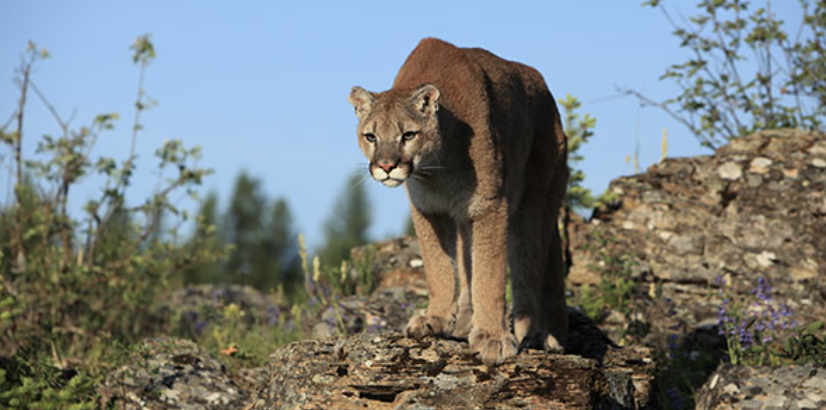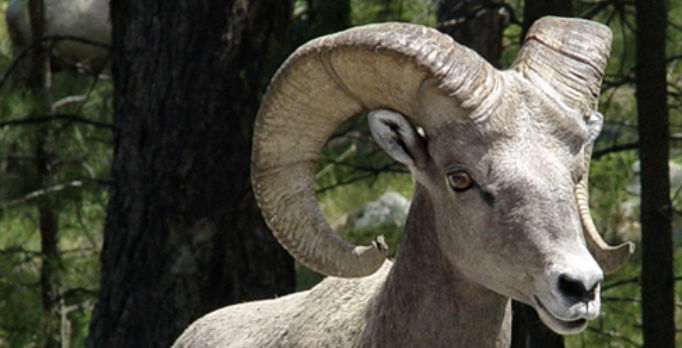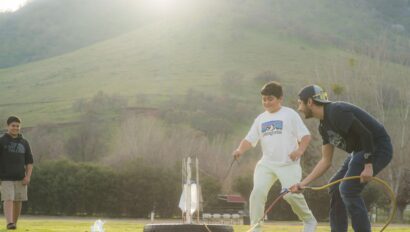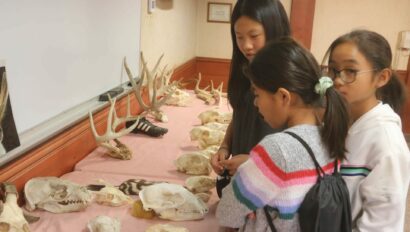
Southern California and Central California have one of the most diverse landscapes in the country. From prime coastal regions to deserts and mountainous landscapes, Southern California is home to various ecosystems and food chains. Wonder Valley Outdoor Education Center located in Sanger, CA offers opportunities to dive into the intricate species of life that thrive in this region as well as explore the unique interactions and processes that take place daily.
Central California’s Sierra Nevada Mountains
Students will head east during their science camp program to the stunning Sierra Nevada mountains. Explore the alpine and subalpine ecosystems, showcasing the diverse plant and animal life that have adapted to the challenging mountainous terrain. Animals such as Bighorn Sheep, Eagles, and Elk that occupy these surroundings are similar to those that inhabit the Southern California area as well.

California’s Central Valley Food Chain
Central California is the main hub for agricultural processes and resources. There are a vast variety of native plants and tree crops. The native plants are convenient resources for the local herbivores but just like many other challenging regions, they have predatory consumers such as Bobcats, Mountain Lions, Coyotes, and Foxes.
Southern California’s Pacific Coast
The Pacific coastline of Southern California is one of the main hubs for biodiversity. From the enormous waves of the Pacific Ocean to the soft sand shores, this ecosystem supports a wide variety of marine life that students can experience learning about. Sea otters, sea lions, and various species of fish create an eccentric balance in this flourishing ecosystem.
Chaparral Biome in Southern California’s Valleys
Moving inland for another outdoor education activity, the students will explore the chaparral biome that dominates the hills and valleys of Southern California. Characterized by drought-resistant plants, this ecosystem is a haven for wildlife adapted to waterless conditions. Rabbits, snakes, and birds of prey form a complex food chain, highlighting the interconnected relationships that sustain life in this challenging environment.
Southern California Deserts
Our outdoor education programs allow students to learn about the moistureless deserts that make up a huge part of the Southern California region. You might think, how are living species able to exist here? Only certain ones can and we are here to explain which types and their dependencies within this hot typography. From the breathtaking, notorious Joshua trees to the elusive desert tortoise, these adaptations showcase the resilience of life in the face of adversity. The desert food chain features predators such as coyotes and kit foxes, who live through the sandy landscapes.

Southern California Mountain Ranges
The terrains in Southern California give rise to mountainous ecosystems, each with its unique set of inhabitants. Bighorn sheep vastly navigate the rugged terrain, while birds such as hawks and eagles soar through the skies. The delicate balance between herbivores and predators paints a vivid picture of the interconnectedness within these mountain ecosystems.
Contact Wonder Valley Today!
This outdoor education field trip helps students not only understand these ecosystems in Southern California but also helps them appreciate the importance of conservation efforts needed to ensure the continued biodiversity of this remarkable region.
To learn more about our Southern California outdoor education courses, please contact us today at (800) 821-2801. Our outdoor education center is proud to serve Sanger, CA, and the surrounding areas.



